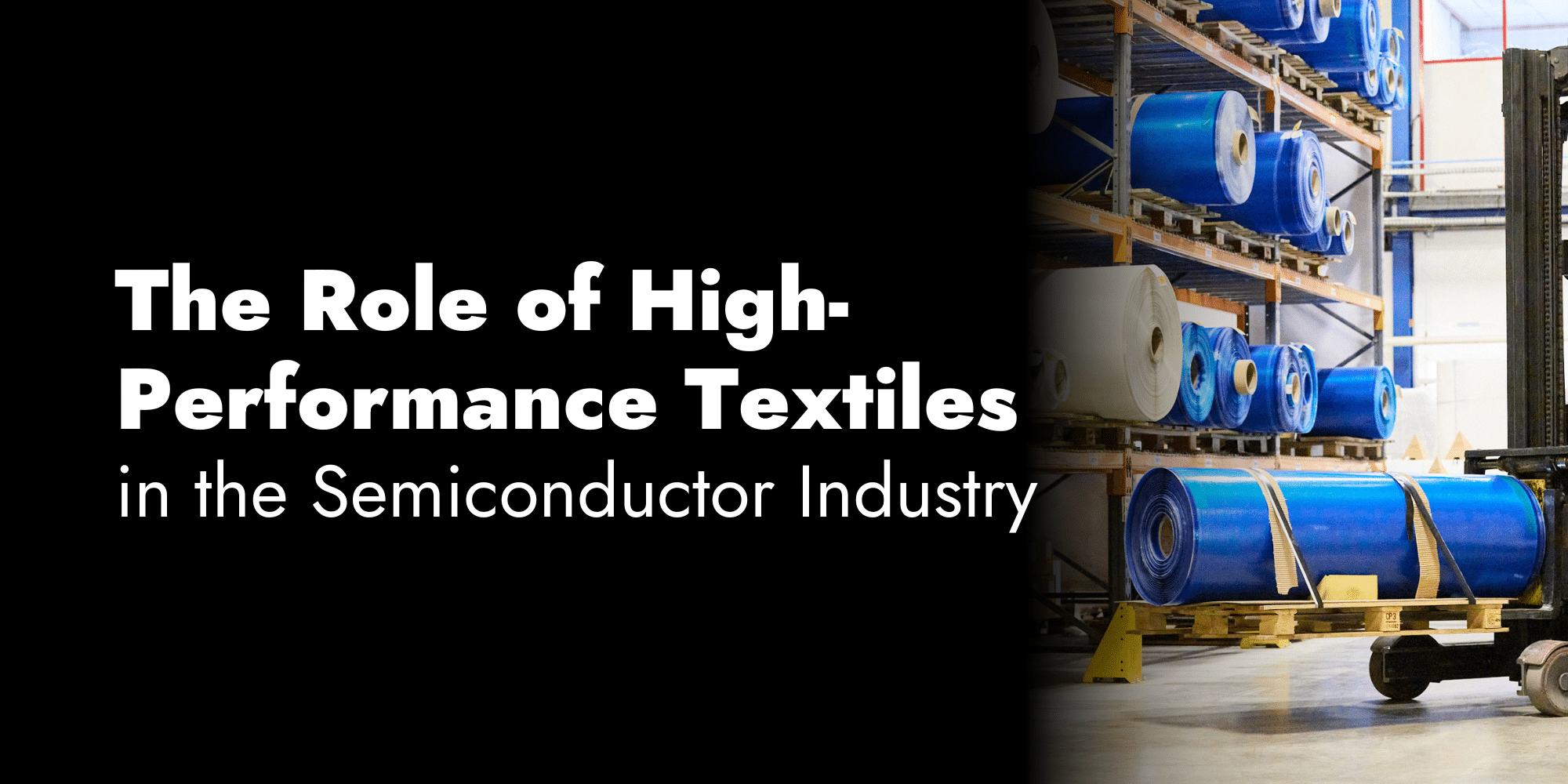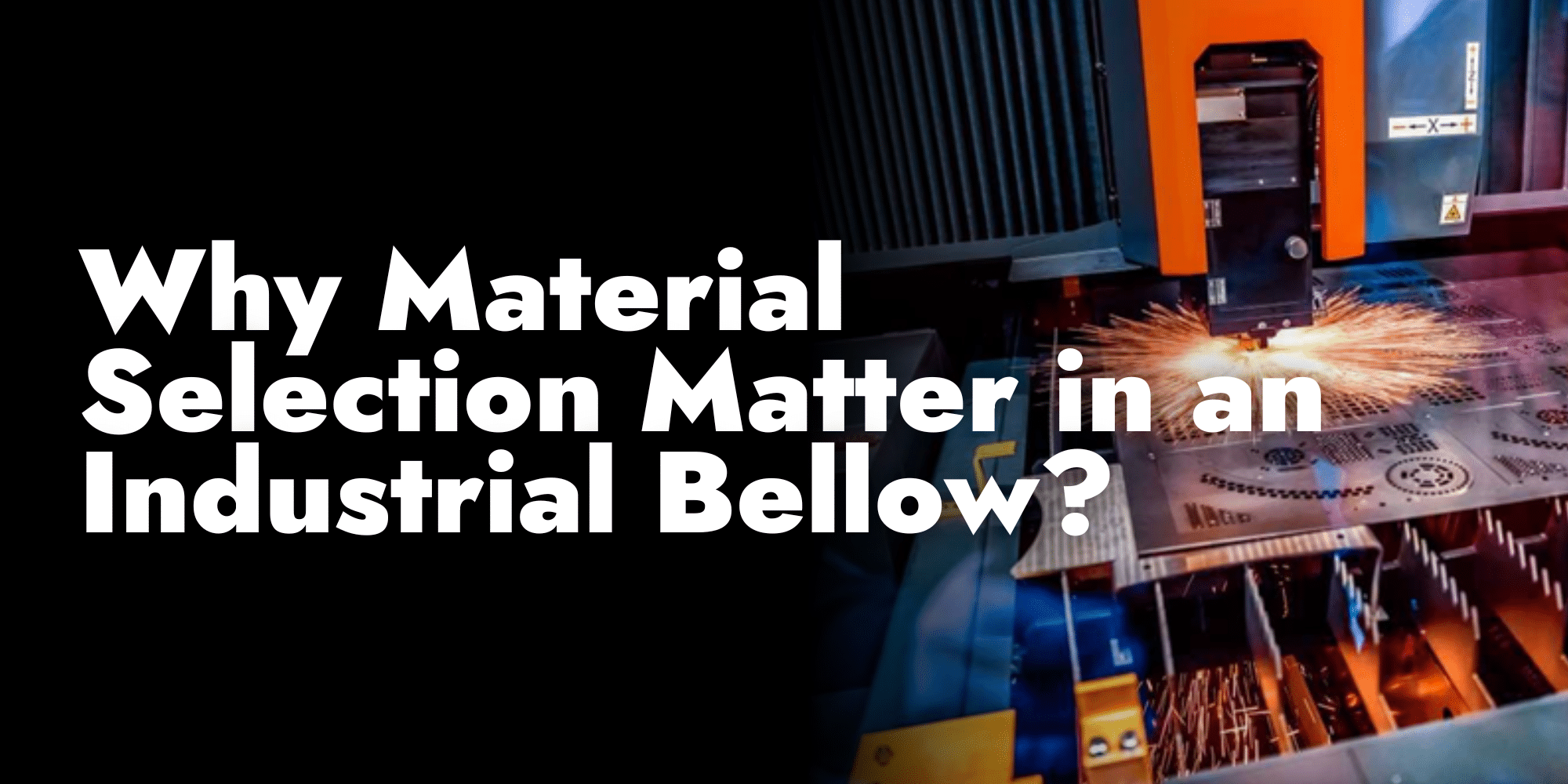The semiconductor industry demands precision, innovation, and relentless efficiency. As chip manufacturing evolves, the materials…
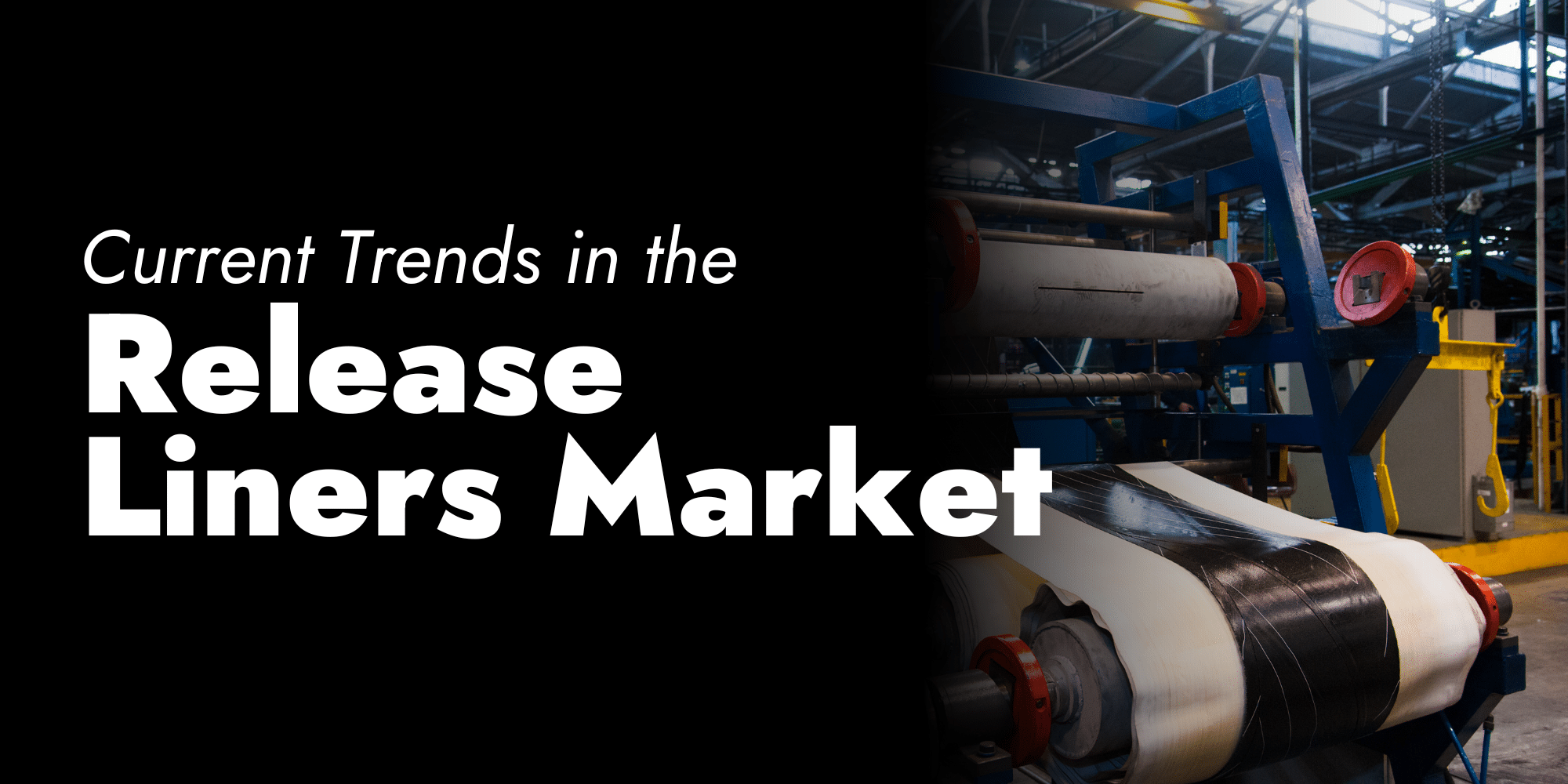
Current Trends in the Release Liners Market
Release liners are pivotal elements not only in the tire industry but also in other markets such as medical and electronics, serving as indispensable tools in the management of adhesives. These liners, crafted from polyolefin-coated paper or polymer films, are coated with PVC, polyethylene, or polyester, offering a smooth, non-adhesive surface. Their function transcends simple label application, ensuring that adhesives remain inactive until use, thereby increasing productivity in industries such as packaging, healthcare, and manufacturing.
In this blog post, we’ll dive deep into the release liner industry, exploring everything from market growth projections to cutting-edge innovations. We’ll examine industry-specific trends, key players shaping the market, and the push towards sustainability. Plus, we’ll uncover the challenges and opportunities that lie ahead.

Current market size and value
The release liners market size has been experiencing steady growth in recent years. In the 2023 report from Grand View Research, the release liners market scope was estimated to be around $17.08 billion and growing. The growth can be attributed to the increasing demand for release liners in various industries, including packaging, medical, and automotive parts.
The future looks promising for the release liners market, with projections indicating continued growth throughout the forecast period. According to the Grand View Research report, the market is anticipated to reach $28.58 billion by 2030, maintaining a CAGR of 6.6% from 2023 to 2030. This upward trajectory is driven by several factors, including technological advancements and the expansion of end-use industries.
Regional Market Perspectives
The global release liners market is growing, but regional growth rates vary:
- Asia-Pacific: This region is a dominant force in the release liners market, driven by its vast population and increasing demand for convenient food products. Countries like China and India are leading the charge in the production and consumption of release liners, fueled by rapid urbanization and a flourishing manufacturing sector. The surge of e-commerce and food delivery services in the Asia-Pacific region has further underscored the need for effective packaging solutions.
- North America: North America, particularly the U.S., continues to be a robust market for release liners due to its advanced manufacturing capabilities. The region’s expansive food and beverage, healthcare, and automotive sectors are running demand for high-performance liners. Additionally, a growing emphasis on sustainable packaging solutions is spurring the development of eco-friendly liners.
- Europe: Europe boasts a mature market with a strong focus on sustainability. Regulatory frameworks in countries like Germany and France are encouraging the adoption of environmentally friendly packaging solutions, including release liners made from recycled materials. The region’s hygiene and medical sectors are also remarkable contributors to the demand for premium liners.
- Latin America & Middle East/Africa: These regions are experiencing slower growth due to less developed industrial infrastructures. However, as industries in these areas modernize, the demand for release liners is expected to increase gradually. Latin America’s packaging industry is slowly adopting advanced liner technologies in response to global demand for packaged goods.
Challenges Confronting the Release Liners Market
Despite the promising growth, the release liners market faces several challenges. Waste management remains a significant concern, as traditional liners are difficult to recycle, leading to increased scrutiny from regulators and environmentally conscious consumers. Overcoming these challenges will require further innovation in materials and recycling technologies.
Moreover, the growing demand for rising raw material costs pressures manufacturers to balance profitability without transferring costs to consumers. The development of thinner liners provides some relief, but finding the equilibrium between performance, cost-efficiency, and sustainability remains an ongoing challenge.
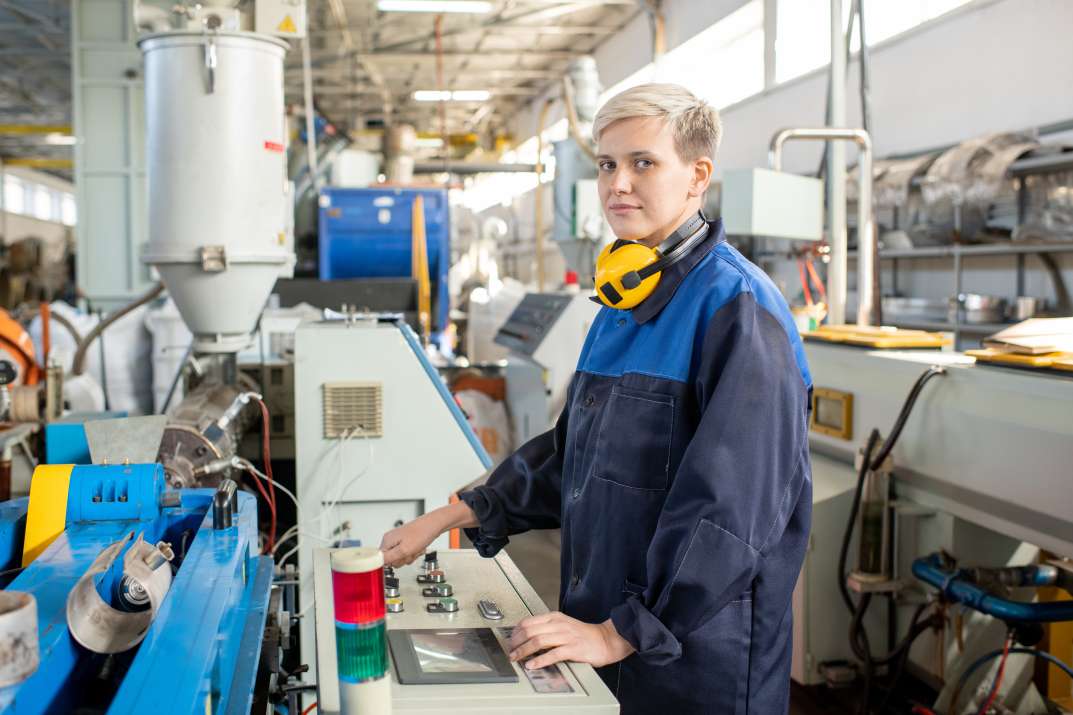
Current and Emerging Applications of Release Liners
Medical and Healthcare
Release liners have become indispensable in the medical and healthcare sectors, being used in a wide range of products like wound dressings, medical tapes, and diagnostic devices. These liners not only serve as carriers for adhesives but also protect medical devices and components before application. As medical technology advances, the demand for high-performance, biocompatible, and sterilization-resistant release liners is increasing.
Release liners in this field must adhere to stringent regulatory standards for safety, sterility, and biocompatibility. They’re also designed to handle different sterilization methods, such as autoclaving, gamma radiation, and ethylene oxide without losing their release properties. The rise of smart health devices, wearable sensors, and patches for drug delivery is driving further innovation in this area, leading to the development of advanced liners that can function under diverse conditions.
Electronics
The electronics industry depends heavily on release liners for numerous applications, such as adhesive labels, protective films, insulators, and components for devices. These liners ensure that adhesives used in circuit boards, electronic assemblies, and protective layers maintain their integrity until needed. The increasing complexity of electronic devices requires release liners that offer high resistance to heat, chemicals, and moisture, enabling them to protect delicate electronic parts during production and assembly.
Liners are also used in electronic display screens and batteries, where even a minor compromise in quality could lead to functional issues. The growing trend towards miniaturization and higher efficiency in electronics is pushing for more specialized release liners with precision coating, enhanced flexibility, and ultra-thin profiles.
Automotive
The automotive industry has adopted release liners extensively for applications like sealing, gasketing, and bonding components. These liners are critical in adhesive-backed films and tapes used in assembling vehicle parts, especially rubber tires, without the need for traditional mechanical fasteners.
As vehicles incorporate more electronics and lightweight materials, release liners are used in sound dampening, interior trim, and the installation of advanced driver assistance systems (ADAS). Their ability to perform under harsh conditions—such as extreme temperatures, humidity, and chemical exposure—is essential, especially with the rise of electric vehicles (EVs). In EVs, liners play a role in thermal management systems and battery packaging, ensuring the longevity and safety of the battery units.
Packaging and Labeling
Release liners are a fundamental component in the packaging and labeling sectors, ensuring smooth application of adhesive labels and pressure-sensitive tapes across various industries, including food, pharmaceuticals, logistics, and consumer goods. They are used in the creation of labels for shipping, barcodes, and product branding.
The push towards sustainability is influencing the development of eco-friendly release liners, with many companies focusing on using recyclable or biodegradable materials. Additionally, advancements in labeling technology—where the liner is removed entirely—are gaining popularity, as they help reduce waste and cut costs. This approach is particularly relevant in industries with high labeling demands, such as retail, food packaging, and distribution.
Construction and Building
In construction, release liners are used in waterproofing membranes, roofing underlayments, insulation, and adhesive tapes for HVAC systems. Their role is critical in protecting adhesives before application, allowing for precise installation under challenging conditions. These liners must be durable enough to withstand environmental stressors such as UV radiation, temperature fluctuations, and moisture.
As sustainability becomes a growing concern in the building industry, more durable, weather-resistant, and eco-friendly release liners are being developed. For example, they are now used in green building projects where sustainable materials and energy-efficient systems are essential, as well as in construction elements like solar panel adhesives.
Renewable Energy
The renewable energy industry, particularly solar and wind power, is also beginning to leverage release liners. In solar panels, they are used to protect adhesives and encapsulants that bond photovoltaic cells to the frame. In wind turbines, they help in the assembly of blades by securing protective films and adhesive joints. Given the exposure to harsh weather conditions, release liners in this sector must be resistant to UV, moisture, and temperature extremes.
As renewable energy technology evolves, the demand for more specialized release liners that can handle high-performance adhesives is expected to grow.
Graphic Arts
In the graphic arts and signage industries, release liners play a pivotal role in adhesive-backed films used for creating banners, vehicle wraps, and large-format printing. These liners are essential in producing high-quality, durable, and visually appealing graphics that can be applied to various surfaces.
With the increase in advertising and the demand for more customized, visually engaging signage, the need for release liners with easy-to-use, repositionable adhesives is growing. Additionally, the rise in eco-friendly printing materials is pushing for the release liners that are either recyclable or made from sustainable sources.
Hygiene Products
Release liners are also widely used in hygiene products such as sanitary pads, adult incontinence products, and baby diapers. In this sector, release liners must maintain their adhesive properties while being easy to remove and dispose of. They play a key role in keeping adhesive components intact until use, which is crucial for the functionality and convenience of the product.
The growing focus on biodegradable and sustainable hygiene products is encouraging manufacturers to develop eco-friendly release liners for these applications.
Tape Industry
The tape industry, which spans from industrial adhesive tapes to everyday consumer products like masking and double-sided tapes, also uses release liners extensively. For specialized applications, such as in the aerospace and automotive industries, high-performance pressure-sensitive tapes require liners that can withstand intense stress without affecting the adhesive. With the expanding use of pressure-sensitive tapes in industries like construction, electronics, and healthcare, the tape market is continuously driving the demand for more advanced release liners.
Expanding Horizons
Release liners are seeing increasing adoption in various other industries, including aerospace, where they are used in bonding, sealing, and thermal management applications. The agriculture industry is also exploring the use of release liners in seed tapes and adhesive agricultural films designed to enhance crop yields.
As industries grow more reliant on adhesive-based solutions, the need for specialized release liners that cater to specific requirements—such as resistance to extreme temperatures, environmental sustainability, and biocompatibility—is set to expand, opening new avenues for their application across sectors.
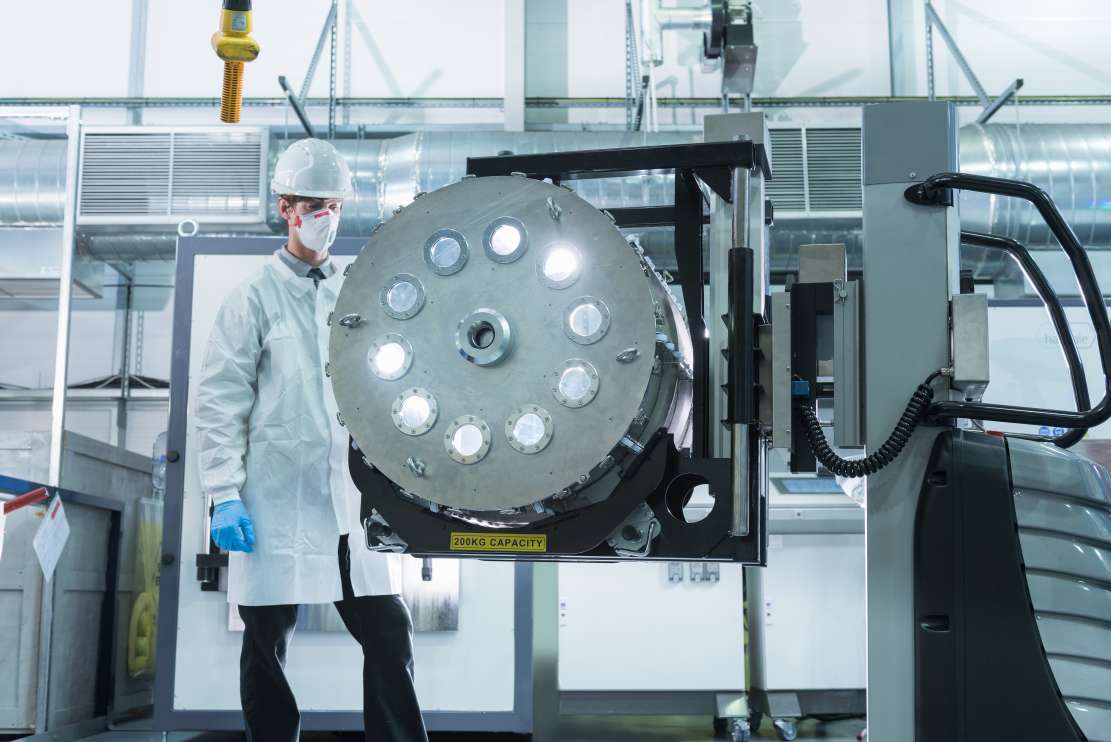
Technological Advancements in the Release Liners Market
1. Nano-coatings for Enhanced Release Properties:
Nano-coatings are incorporated into release liners to improve release properties, reduce adhesive residue, and enhance overall performance. These coatings provide a smoother surface, preventing the adhesive from adhering too strongly. For instance, manufacturers are experimenting with Nano-coatings made from carbon nanotubes or graphene to create release liners with exceptional release properties and durability.
These nanomaterials can be incorporated into the release liner substrate or applied as a topcoat, providing a highly controlled and uniform release surface. Innovations like these are setting the stage for advanced and energy-efficient packaging solutions, especially in high-performance sectors like electronics and automotive.
2. Silicone-Based Release Liners:
Silicone-based release liners are well-known for their superior release properties, resistance to heat, and chemical durability, making them ideal for demanding applications such as medical tapes and automotive components.
Silicone-release liners can be customized with additives or treated surfaces for better performance. For instance, adding anti-blocking agents prevents the clay-coated paper liner from sticking to itself during storage or transportation. This level of customization is key to improving efficiency and ensuring optimal use in industries requiring highly reliable adhesive solutions.
3. Laser Cutting and Die-Cutting:
Laser-cutting and die-cutting technologies are more precise and intricate release liners. These methods enable manufacturers to produce custom-shaped liners that meet specific application requirements.
Additionally, laser cutting can be used to create micro-perforations or other patterns in the release liner, which can improve its performance in certain applications.
4. Smart Release Liners:
Smart release liners are being developed with qualities such as temperature-sensitive release properties or indicators that signal when the adhesive is ready for use.
These innovations offer greater convenience and efficiency in various industries. For example, smart-release liners can be used in packaging applications to ensure that products are not damaged during shipping or storage.

Sustainability Initiatives
Recyclable and Compostable Release Liners:
There is a growing emphasis on developing recyclable and compostable release liners to reduce environmental impact. Manufacturers are exploring materials like bio-based polymers and recycled paper to create more sustainable options. For example, some companies are developing release liners made from sugarcane or corn-based bioplastics that are biodegradable and compostable. These film-based release liner’s materials can be broken down naturally in the environment, reducing landfill waste.
Reduced Adhesive Residue:
Efforts are being made to reduce adhesive residue on release liners to minimize waste and pollution. Advanced release coatings and manufacturing processes are helping to achieve this goal. By reducing adhesive residue, manufacturers can improve the recyclability of release liners and reduce the environmental impact of waste disposal.
Energy-Efficient Production:
Manufacturers are adopting energy-efficient practices and technologies to reduce their carbon footprint. This includes investing in renewable energy sources and optimizing production processes. By implementing energy-efficient measures, release liner manufacturers can contribute to a more sustainable future. Additionally, reducing energy consumption can help to lower production costs and improve profitability.
FAQs on the Release Liners Market
Which industries utilize release liners?
The growing demand for release liner realm primarily intersects with the packaging and adhesives sectors, its influence stretches into fields like food and beverage, healthcare, and industrial manufacturing, making it a pivotal component across a broad spectrum of industries.
What are the major drivers influencing the growth of the release liner market?
Key drivers propelling market growth include the escalating demand for packaging materials, the flourishing medical and healthcare sector, and the increasing need for diverse adhesive solutions across industries such as packaging, construction, and automotive.
What is an air release liner?
An air-release liner is a material with tiny channels that allow air to escape during adhesive application. It helps prevent air bubbles, ensuring a smooth finish for products like vinyl wraps or decals. The liner protects the adhesive before use and improves application quality.
What is the manufacturing process of release liners?
Release liners are made by coating a base material, like paper or film, with a silicone release agent. The coating is cured with heat or UV light, then the material is cut and rolled for use. Quality checks ensure they meet performance standards.
What function does a release liner serve?
The fundamental role of a release liner is to safeguard the adhesive layer of products like labels, tapes, and various medical devices, preserving the adhesive’s integrity until the precise moment of application, thus ensuring its cleanliness and effectiveness.
Final Thoughts on the Release Liners Industry
The release liners market is positioned for substantial growth, driven by increasing demand in food and beverage, healthcare, and industrial applications. Looking ahead, the end-use industries of the release liners market present both challenges and opportunities. Manufacturers and suppliers who can successfully balance performance, cost-effectiveness, and environmental responsibility will likely emerge as leaders in this dynamic sector.
Otego Textile is at the forefront of the technical textile manufacturing industry, offering innovative solutions tailored to meet the evolving demands of various sectors, including the release liner market. Our commitment to quality and performance sets us apart as a trusted partner for businesses seeking reliable and high-performance textiles.
We stay updated with the latest trends in the release liner industry by continually investing in research and development. Our team actively monitors technological advancements, such as nano-coatings and smart release liners, ensuring that our products meet the highest industry standards. Additionally, we focus on sustainability initiatives, creating recyclable and compostable release liners to align with global environmental goals.
As the industry moves forward, it’s important to inform about market trends, invest in research and development, and prioritize sustainable practices to ensure long-term success in the release liners market. Contact us to get more information about our best-quality release liners.
